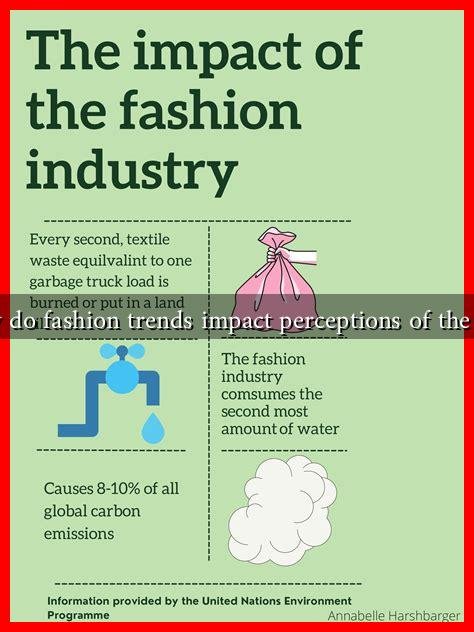-
Table of Contents
How Do Fashion Trends Impact Perceptions of the Veil?
The veil, a garment with deep cultural and religious significance, has been a subject of debate and discussion in contemporary fashion. As fashion trends evolve, they influence how the veil is perceived in society, shaping attitudes and beliefs about modesty, identity, and cultural expression. This article explores the intricate relationship between fashion trends and perceptions of the veil, highlighting key factors that contribute to this dynamic interplay.
The Veil: A Symbol of Modesty and Identity
The veil is often associated with various cultural and religious practices, particularly in Islamic communities. It serves as a symbol of modesty, spirituality, and identity for many women. However, the perception of the veil can vary significantly based on societal attitudes, media representation, and fashion trends. Understanding these perceptions requires a closer look at how fashion influences cultural narratives.
Fashion Trends and Their Influence on the Veil
Fashion trends can significantly impact how the veil is viewed in society. Here are some key ways in which these trends shape perceptions:
- Normalization of the Veil: As fashion designers incorporate veils into their collections, they help normalize the garment in mainstream fashion. For instance, designers like Dolce & Gabbana and Jean Paul Gaultier have featured veils in their runway shows, presenting them as fashionable accessories rather than solely religious symbols.
- Redefining Modesty: Contemporary fashion trends often challenge traditional notions of modesty. The rise of modest fashion brands, such as Aab and Haute Hijab, has redefined how the veil is perceived, promoting it as a stylish choice rather than a restrictive garment.
- Celebrity Influence: Celebrities play a crucial role in shaping fashion trends. When public figures like Halima Aden and Iman wear the veil confidently, they challenge stereotypes and encourage acceptance of diverse expressions of identity.
- Social Media Impact: Platforms like Instagram and TikTok have become powerful tools for promoting modest fashion. Influencers showcasing their veiled looks can inspire others to embrace the garment, altering public perceptions.
Case Studies: The Veil in Fashion
Several case studies illustrate how fashion trends have influenced perceptions of the veil:
- Dolce & Gabbana’s 2016 Collection: The Italian fashion house featured models wearing hijabs and veils in their Spring/Summer collection, sparking discussions about cultural appropriation and representation. This move brought the veil into the luxury fashion spotlight, prompting a broader conversation about its significance.
- Halima Aden’s Modeling Career: As the first hijab-wearing model to sign with a major modeling agency, Halima Aden has used her platform to advocate for inclusivity in fashion. Her presence in high-profile campaigns has helped shift perceptions of the veil from a symbol of oppression to one of empowerment.
- Modest Fashion Week: Events like Modest Fashion Week celebrate modesty in fashion, showcasing designers who create stylish, veiled looks. These events challenge the notion that modesty is outdated, promoting a modern interpretation of the veil.
Statistics and Trends
Recent statistics highlight the growing acceptance of the veil in fashion:
- A 2021 survey by the Pew Research Center found that 62% of Americans believe that wearing a hijab should be a personal choice, reflecting a shift towards acceptance.
- The global modest fashion market is projected to reach $361 billion by 2024, indicating a rising demand for stylish, modest clothing options.
Conclusion: The Veil in a Fashion-Forward World
Fashion trends play a pivotal role in shaping perceptions of the veil, transforming it from a symbol of oppression to one of empowerment and style. As designers, celebrities, and influencers continue to embrace the veil in their work, societal attitudes are gradually shifting towards acceptance and appreciation. The veil’s journey through the lens of fashion illustrates the power of clothing as a form of expression and identity. By understanding these dynamics, we can foster a more inclusive dialogue around the veil and its significance in contemporary culture.
For further reading on the intersection of fashion and cultural identity, visit Vogue’s exploration of modest fashion.

